Continuing on with the tea reviews! I’ve still got another 2 Georgian teas before I’ve sampled everything in my What-Cha haul, and then I can move on to the Christmas teas (okay, getting ahead of myself).
Today’s tea is from Jun Chiyabari, whom I follow on Instagram so I was really excited to try this! I’ve heard that Nepalese tea was used as a dupe for Darjeeling tea in the past, but there are now efforst to try and raise the branding of Nepalese tea (which would allow them to charge more).
First Impressions
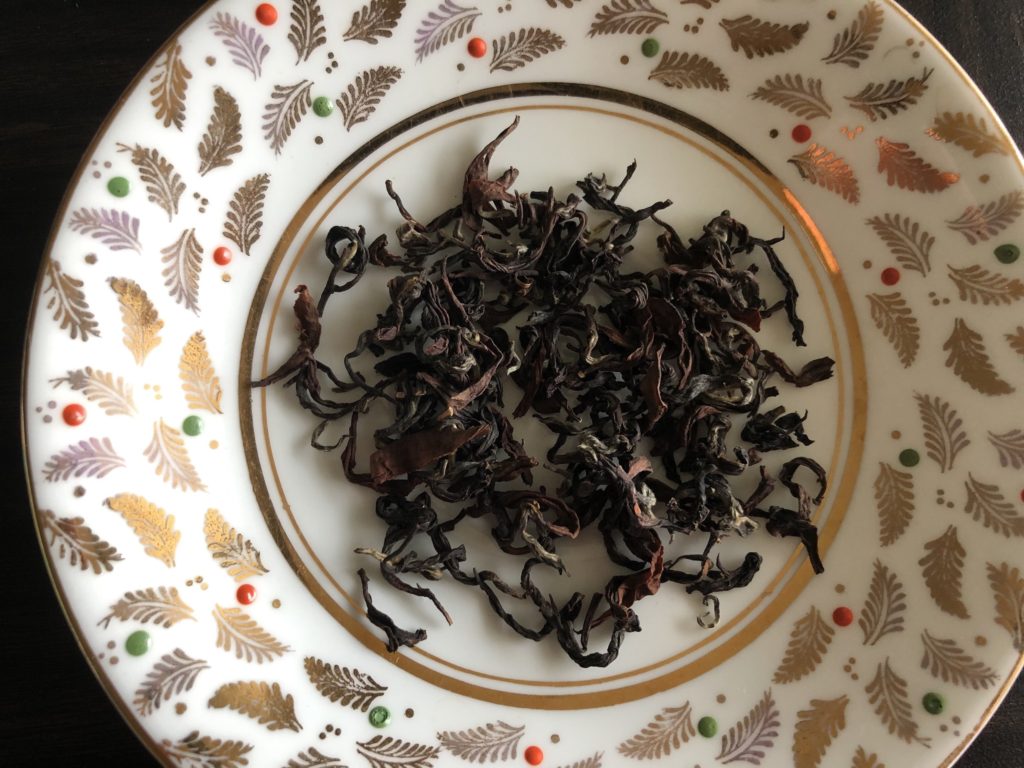
The dry leaves smelled very malty and fruity. It looks a lot like a black tea, except for all the bits of silver (silver tips? or just leaves?) poking through. It’s a beautiful tea.
Tasting Notes

First Steep: The tea liquor is a light amber and it’s very sweet and fruity (smells like this too!). I’m also getting a slight woody and medicinal note – I think this is due to the water in Malaysia; I’m having a third session in Singapore as I write this and I’m not getting the medicinal note, just the woody one.
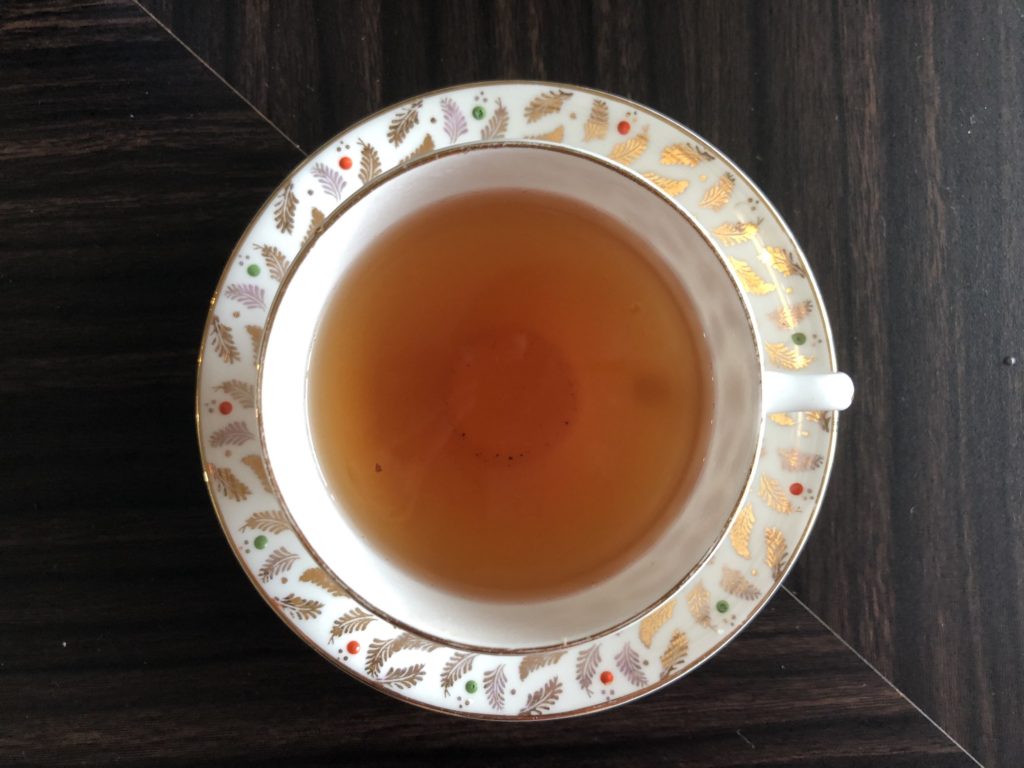
Second Steep: The tea liquor has darkened into amber but the sweetness has decreased noticeably. The woody note is a lot stronger now! This is reminding me of the Darjeeling Rohini oolong, but with a medicinal note (note: did not get the medicinal note in my third session).
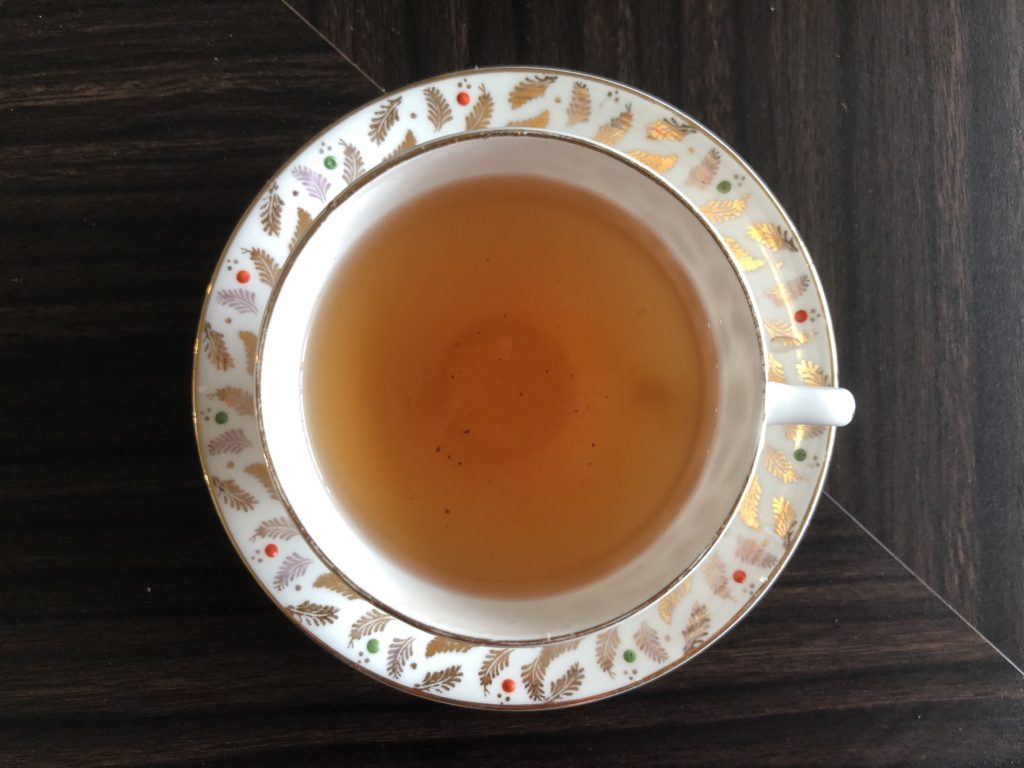
Third Steep: The tea liquor seems a lot lighter here. There’s no more sweetness, just the woody and medicinal/herbal notes. In my third session with the tea, the tea liquor was equally light – it felt like a spent black tea because it was just some mild woody notes. Personally, it feels like the end of the session, which I found a bit surprising because I normally get a bit more out of an oolong.

Spent leaves: The leaves have turned red and they are very small and pretty. It looks a lot like a black tea, and I’m also reminded of the spent leaves for the Malawi Bvumbwe White Peony, which has a similar shade of red.
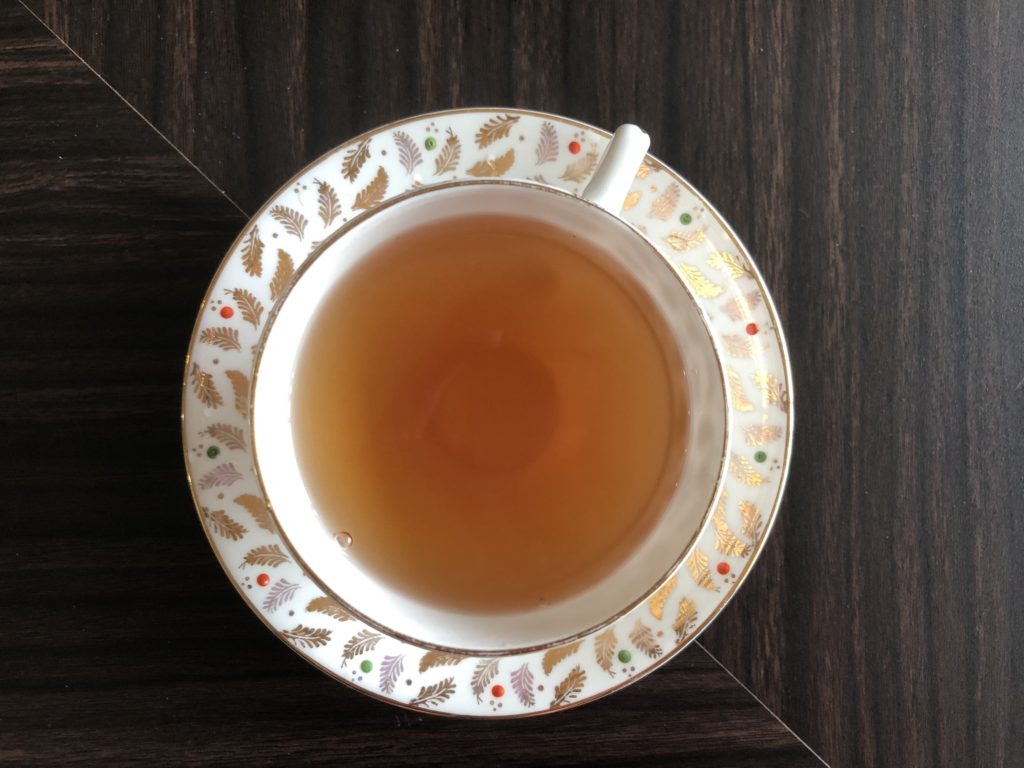
Tea Steamer Bonus Round: So as you can tell from Tuesday’s post, I’ve been experimenting with my tea steamer, trying to figure out which teas are more suited for it and which are better in a gaiwan. Since the gaiwan session ended much faster than I expected, I decided to make some teas using the tea steamer. And to be honest, it was so much better – the tea was sweet and fruity, with none of the woody/medicinal or bitter notes. It’s like the first steep of the tea from the gaiwan, but with more flavour. The second “steep” made with the tea steamer was very much like the first steep, unlike the tea from the second and third steeps from the Gaiwan.
Conclusion
Overall, this was a delicious oolong that’s pretty close to a black tea. Personally, I think this would work with both Western and Gongfu brewing, it depends on what you want to get out of the tea.
There’s probably a post about water quality that could be made from this, but I think I’d have to wait until I go back to Malaysia in order to do it, given that the medicinal note appeared in the Malaysian sessions.
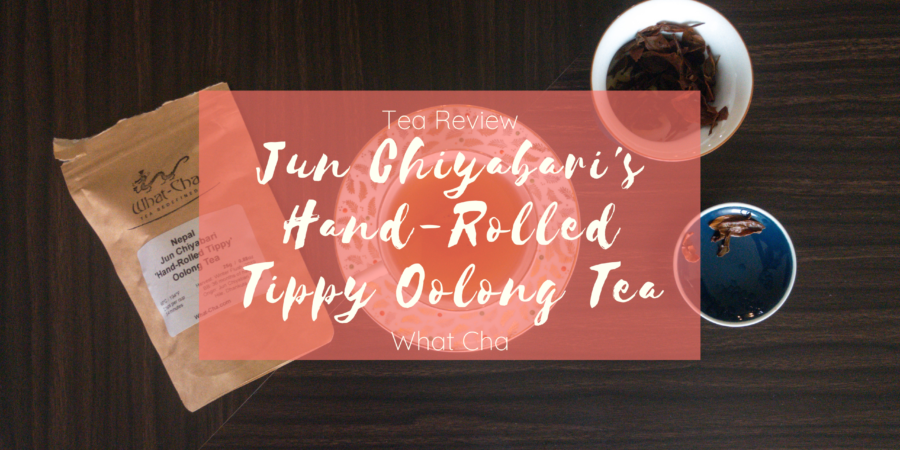
Jun Chiyabari is one of my favorite oolongs (okay, I really like most oolongs!). I love its earthiness and slight fruitiness.
Oolongs are great! They have so much variety it’s always fun to try a new one! Are there any other oolongs from Jun Chiyabari you recommend?
Sumatra Barisan (Iron Goddess of Mercy) ranks high on my list; I love its vegetal character. I also really like Jin Xuan and Formosa Dark Pearl. I find Formosa Fancy Superior Taifu nice when brewed in the shib I own, but not so much brewed in other pots. Several friends rave about Zealand’s oolong but although I think it’s a nice tea, I don’t like it well enough to pay the price.
Oooh thank you! Yes, I have heard the same things about zealong as well.
The dry leaves looked so interesting and I always look for the “after” photo for when they’ve unfurled!
Yay! This helps validate my decision to take pictures of the spent leaves (: And I agree! The dry leaves always look so cool!